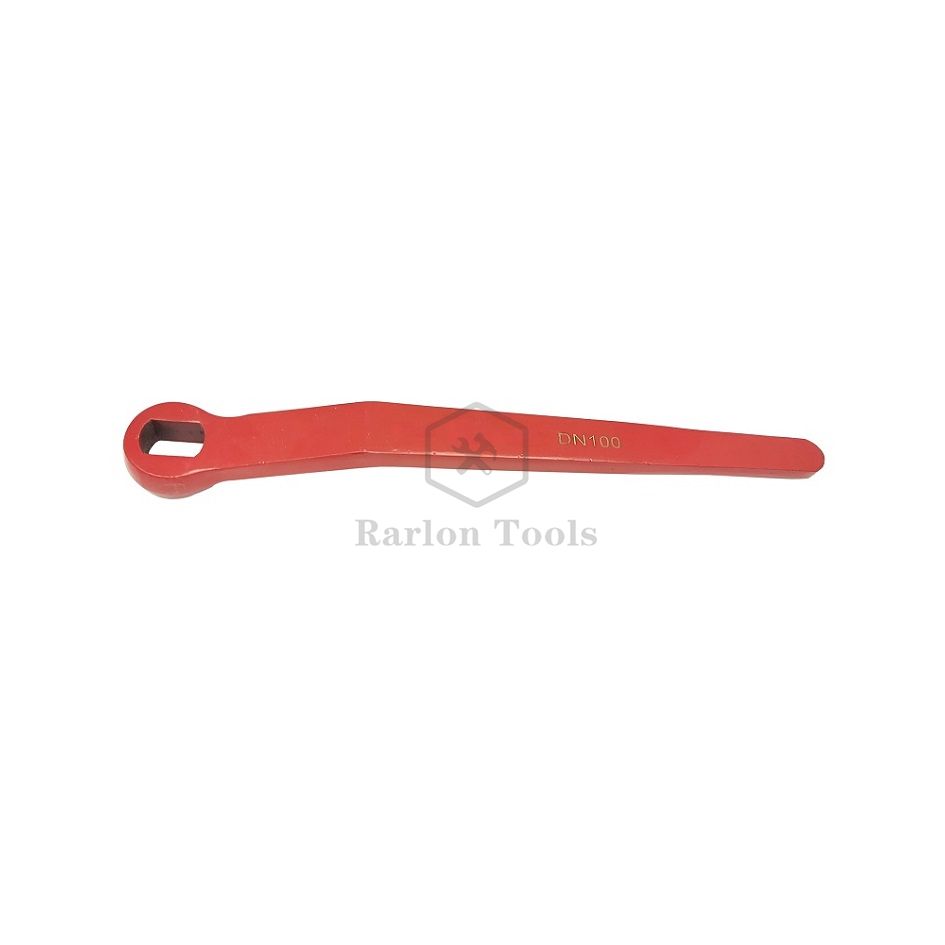The materials of explosion-proof tools are basically aluminum bronze, J892 copper alloy, and beryllium bronze. The content of aluminum bronze is a copper-aluminum-nickel-iron quaternary alloy containing 8% to 12% aluminum, 4% to 6% nickel, and 4% to 6% iron. The common aluminum bronze is that when the Al content is 1.8-9.4%, its structure is: α + β1 + a small amount of α + γ2, and when the Al content is less than 9.4%, the metal phase is a dendritic single α phase solid solution ( Al solid solution in Cu).
It has the characteristics of high mechanical strength and no sparks generated by the frictional impact. This tool has many series, of which high-hard aluminum bronze and beryllium bronze are the main product series. The product standard adopts the national standard GB10686-10693-89. Tested by the National Light Industry Explosion-proof Tool Quality Center. High hardness aluminum bronze hardness HRC> 25. The explosion-proof level is Class II and B. The hardness of beryllium bronze is HRC> 35, and the explosion-proof grade is Class II C. This tool is widely used in petroleum, chemical, mining, natural gas, liquefied gas, pharmaceutical, storage and transportation, gas production, vegetable oil, and other industries. It is the ideal safety tool for all flammable and explosive products.

(1) Explosion-proof tools may cause sparks when they collide with rocks. Putting rocks into the water before the operation can reduce the possibility of accidents.
(2) There is a possibility that sparks can ignite explosive substances when hitting or rubbing steel hot parts coated with aluminum paint with tools.
(3) If the particles of aluminum, magnesium and their alloys have slightly adhered to the surface of steel with rust (iron oxide), a severe exotherm may occur when being hit by hard objects or even hard rubber or plastic The "aluminum reaction" is likely to detonate.
Explosion-proof tools can also be divided into two categories according to their manufacturing processes:
1. Casting process: It is a traditional manufacturing process. It is an internationally-used process for manufacturing explosion-proof tools in the 1980s. It has been used by most explosion-proof tool manufacturers in China. Advantages of the casting process: simple process and low manufacturing cost.
2. Forging process: The latest international manufacturing process is made by a large-scale press or punch with high heat-resistant forming dies at one time. Advantages of the forging process: It can greatly improve the product density, hardness, tensile strength, and torque, basically eliminate pores and trachoma, and make the product's mechanical performance and service life about 1 times longer than the traditional casting process.